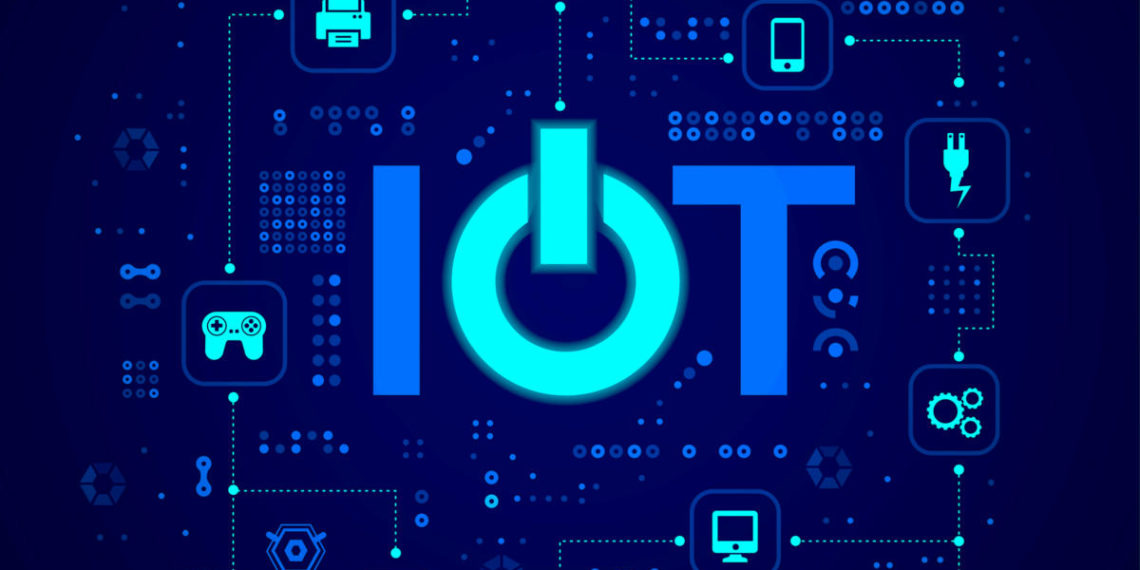Internet of things (IoT) vendors and pundits like to crow about the billions and billions of connected devices that make the IoT so ubiquitous and powerful. But how much of that installed base is really relevant to the enterprise?
To find out, I traded emails with Rob Mesirow, principal at PwC’s Connected Solutions, the firm’s new one-stop-shop of IoT solutions, who suggests that consumer adoption may not paint a true picture of the enterprise opportunities. If you remove the health trackers and the smart thermostats from the market, he suggested, there are very few connected devices left.
So, I wondered, what is actually happening on the enterprise side of IoT? What kinds of devices are we talking about, and in what kinds of numbers?
“When people talk about the IoT,” Mesirow told me, “they usually focus on consumer devices, which far outnumber business devices. Yet connected buildings currently represent only 12% of global IoT projects,” he noted, “and that’s without including wearables and smart home projects.” (Mesirow is talking about buildings that “use various IoT devices, including occupancy sensors that determine when people are present in a room in order to keep lighting and temperature controls at optimal levels, lowering energy costs and aiding sustainability goals. Sensors can also detect water and gas leaks and aid in predictive maintenance for HVAC systems.”)
4 key enterprise IoT opportunities
More specifically, based on customer pain points, PwC’s Connected Solutions is focusing on a few key opportunities, which Mesirow laid out in a blog post earlier this year. (Not surprisingly, the opportunities seem tied to the group’s products.)
“A lot of these solutions came directly from our customers’ request,” he noted. “We pre-qualify our solutions with customers before we build them.”
Let’s take a look at the top four areas, along with a quick reality check on how important they are and whether the technology is ready for prime time.
1. Energy use and sustainability
The IoT makes it possible to manage buildings and spaces more efficiently, with savings of 25% or more. Occupancy sensors can tell whether anyone is actually in a room, adjusting lighting and temperature to saving money and conserve energy.
Connected buildings can also help determine when meeting spaces are available, which can boost occupancy at large businesses and universities by 40% while cutting infrastructure and maintenance costs. Other sensors, meanwhile, can detect water and gas leaks and aid in predictive maintenance for HVAC systems.
Reality check: Obviously, much of this technology is not new, but there’s a real opportunity to make it work better by integrating disparate systems and adding better analytics to the data to make planning more effective.
2. Asset tracking
“Businesses can also use the IoT to track their assets,“ Mesirow told me, “which can range from trucks to hotel luggage carts to medical equipment. It can even assist with monitoring trash by alerting appropriate people when dumpsters need to be emptied.”
Asset trackers can instantly identify the location of all kinds of equipment (saving employee time and productivity), and they can reduce the number of lost, stolen, and misplaced devices and machines as well as provide complete visibility into the location of your assets.
Such trackers can also save employees from wasting time hunting down the devices and machines they need. For example, PwC noted that during an average hospital shift, more than one-third of nurses spend at least an hour looking for equipment such as blood pressure monitors and insulin pumps. Just as important, location tracking often improves asset optimization, reduced inventory needs, and improved customer experience.
Reality check: Asset tracking offers clear value. The real question is whether a given use case is cost effective or not, as well as how the data gathered will actually be used. Too often, companies spend a lot of money and effort tracking their assets, but don’t do much with the information.
3. Security and compliance
Connected solutions can create better working environments, Mesirow said. “In a hotel, for example, these smart devices can ensure that air and water quality is up to standards, provide automated pest traps, monitor dumpsters and recycling bins, detect trespassers, determine when someone needs assistance, or discover activity in an unauthorized area. Monitoring the water quality of hotel swimming pools can lower chemical and filtering costs,” he said.
Mesirow cited an innovative use case where, in response to workers’ complaints about harassment, hotel operators—in conjunction with the American Hotel and Lodging Association—are giving their employees portable devices that alert security staff when workers request assistance.
Reality check: This seems useful, but the ROI might be difficult to calculate.
4. Customer experience
According to PwC, “Sensors, facial recognition, analytics, dashboards, and notifications can elevate and even transform the customer experience. … Using connected solutions, you can identify and reward your best customers by offering perks, reduced wait times, and/or shorter lines.”
Those kinds of personalized customer experiences can potentially boost customer loyalty and increase revenue, Mesirow said, adding that the technology can also make staff deployments more efficient and “enhance safety by identifying trespassers and criminals who are tampering with company property.”
Reality check: Creating a great customer experience is critical for businesses today, and this kind of personalized targeting promises to make it more efficient and effective. However, it has to be done in a way that makes customers comfortable and not creeped out. Privacy concerns are very real, especially when it comes to working with facial recognition and other kinds of surveillance technology. For example, San Francisco recently banned city agencies from using facial recognition, and others may follow.


